Kazakh
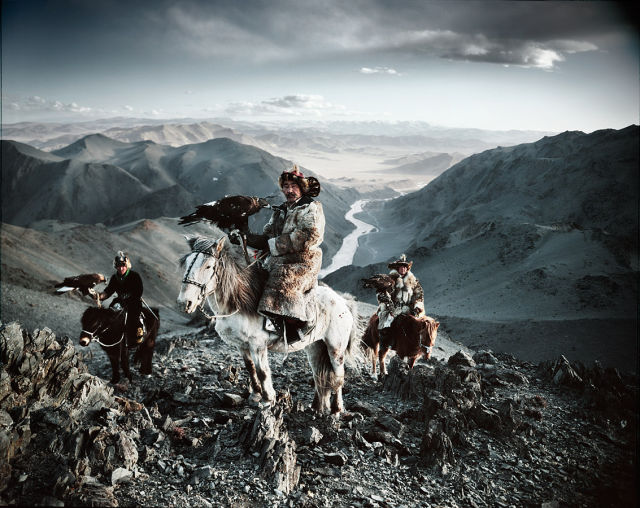 Himba
Himba
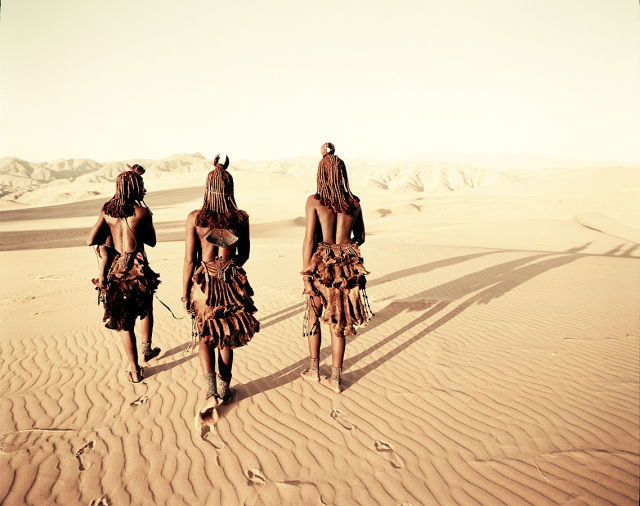
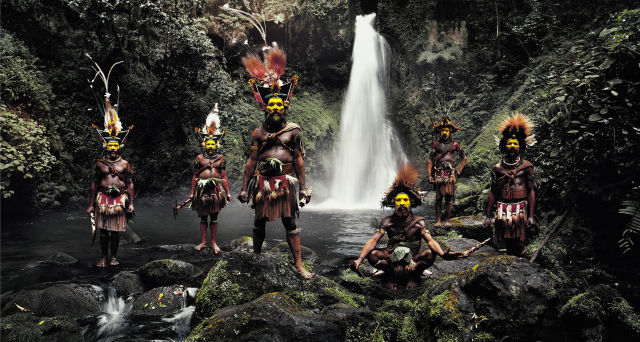 Asaro
Asaro
 Kalam
Kalam
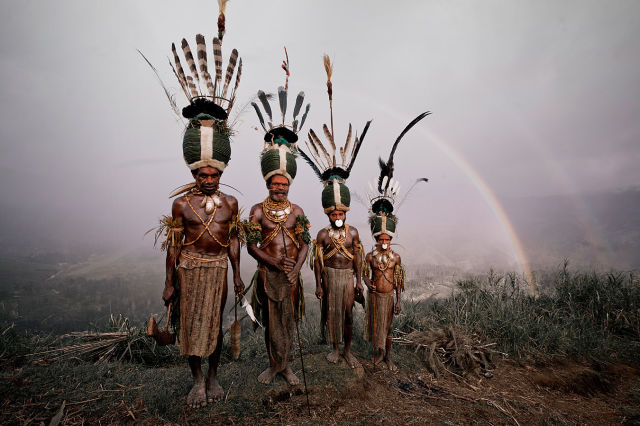
Goroka
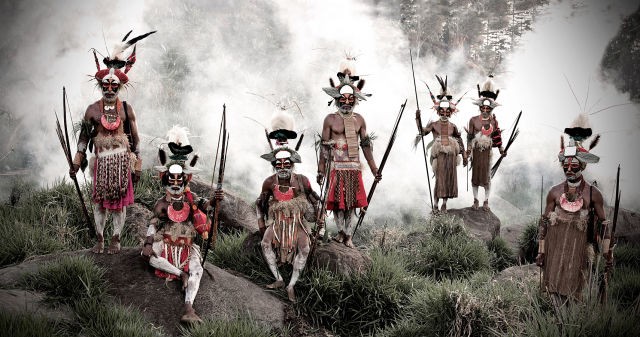
Chukchi
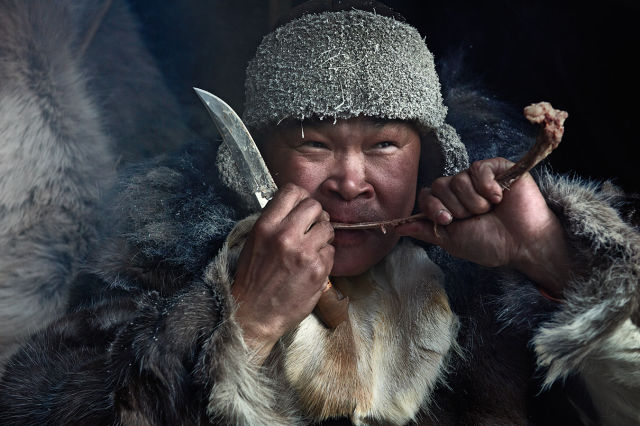
Maori
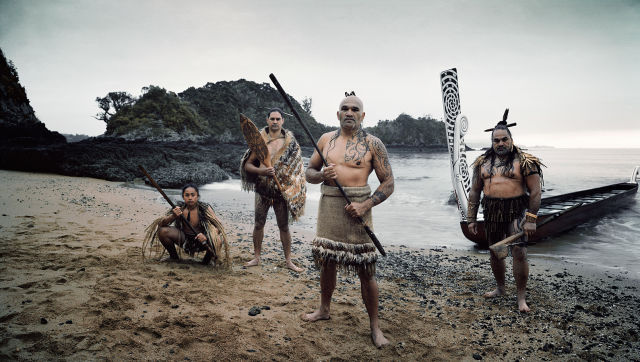
Mustang
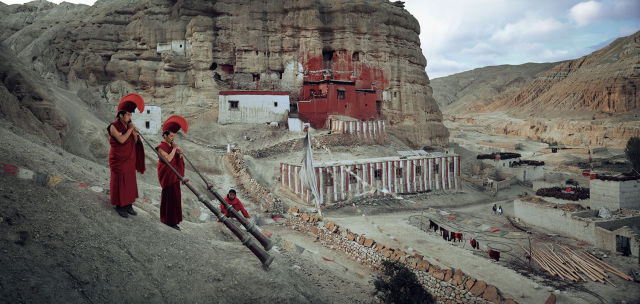 Gauchos
Gauchos
 Tsaatan
Tsaatan
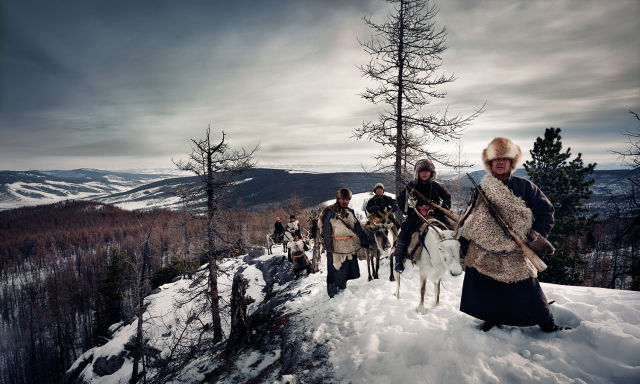 Samburu
Samburu
 Rabari
Rabari
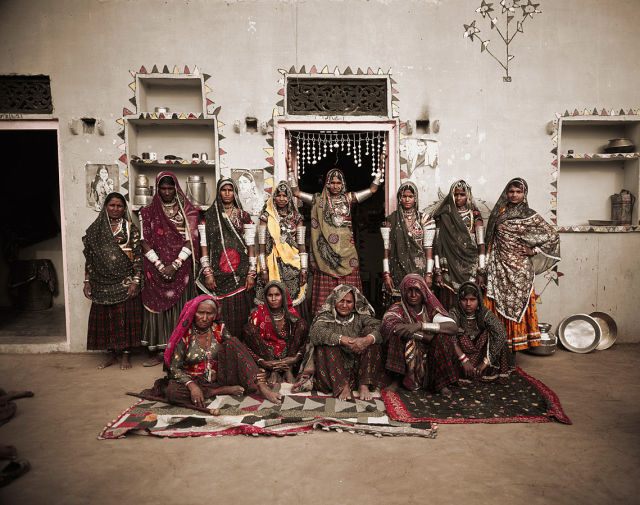 Ladakhi
Ladakhi
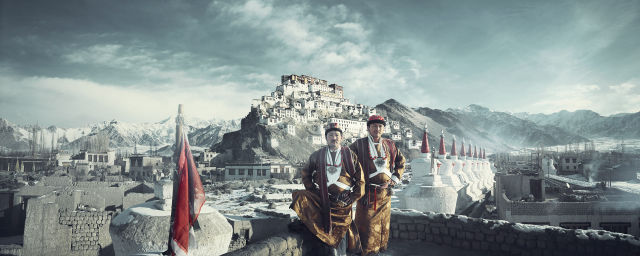 Vanuatu
Vanuatu
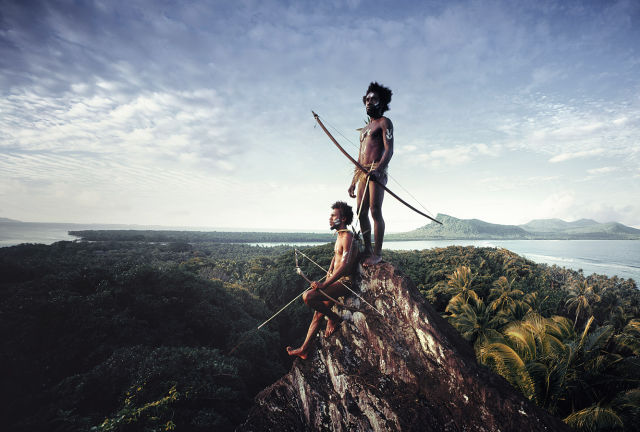 Tibetans
Tibetans
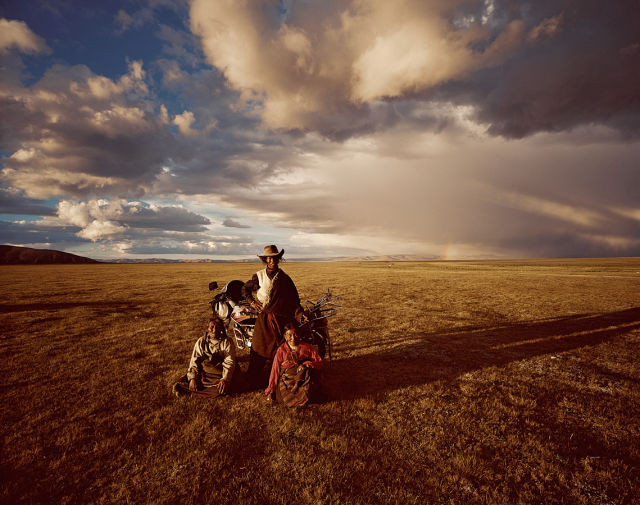 Drokpa
Drokpa
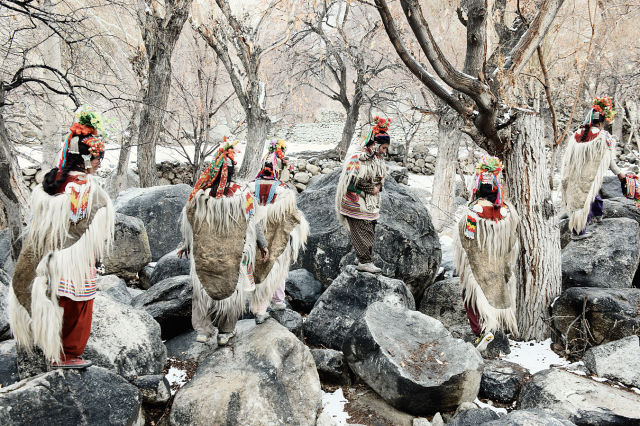 Yali
Yali
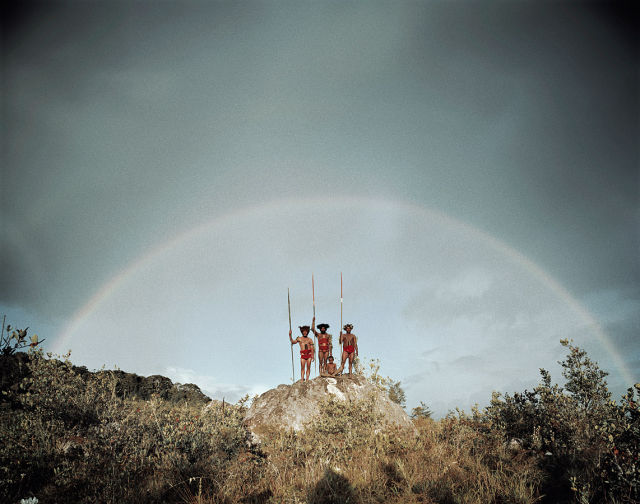

The
Kazakhs are the descendants of Turkic, Mongolic and Indo-Iranian tribes
and Huns that populated the territory between Siberia and the Black
Sea. They are a semi-nomadic people and have roamed the mountains and
valleys of western Mongolia with their herds since the 19th century.

The
Himba are an ancient tribe of tall, slender and statuesque herders.
Since the 16th century they have lived in scattered settlements, leading
a life that has remained unchanged, surviving war and droughts. The
tribal structure helps them live in one of the most extreme environments
on earth.
Huli

It
is believed that the first Papua New Guineans migrated to the island
over 45000 years ago. Today, over 3 million people, half of the
heterogeneous population, live in the highlands. Some of these
communities have engaged in low-scale tribal conflict with their
neighbors for millennia.

A
number of different tribes have lived scattered across the highland
plateau for 1000 years, in small agrarian clans, isolated by the harsh
terrain and divided by language, custom and tradition. The legendary
Asaro Mudmen first met with the Western world in the middle of the 20th
century.

The
eastern half of New Guinea gained full independence from Australia in
1975, when Papua New Guinea was born. The indigenous population is one
of the most heterogeneous in the world. Traditionally, the different
tribes scattered across the highland plateau, live in small agrarian
clans.
Goroka

The
indigenous population of the world’s second largest island is one of
the most heterogeneous in the world. The harsh terrain and historic
inter-tribal warfare has lead to village isolation and the proliferation
of distinct languages. A number of different tribes are scattered
across the highland plateau.
Chukchi

The
ancient Arctic Chukchi live on the peninsula of the Chukotka. Unlike
other native groups of Siberia, they have never been conquered by
Russian troops. Their environment and traditional culture endured
destruction under Soviet rule, by weapons testing and pollution.
Maori

The
long and intriguing story of the origin of the indigenous Maori people
can be traced back to the 13th century, the mythical homeland Hawaiki,
Eastern Polynesia. Due to centuries of isolation, the Maori established a
distinct society with characteristic art, a separate language and
unique mythology.
Mustang

The
former kingdom of Lo is linked by religion, culture and history to
Tibet, but is politically part of Nepal. Now Tibetan culture is in
danger of disappearing, it stands alone as one of the last truly Tibetan
cultures existing today. Until 1991 no outsiders were allowed to enter
Mustang.

Nomadic
and colorful horsemen and cowboys have wandered the prairies as early
as the 1700s, when wild Cimarron cattle overpopulated the flatlands. In
the 18th century, when leather was in high demand, Gauchos arose to
clandestinely hunt the huge herds of horses and cattle.

Tsaatan
(reindeer people) are the last reindeer herders who survived for
thousands of years inhabiting the remotest subartic taiga, moving
between 5 and 10 times a year. Presently, only 44 families remain, their
existence threatened by the dwindling number of their domesticated
reindeer.

The
Samburu people live in northern Kenya, where the foothills of Mount
Kenya merge into the northern dessert. As cattle-herding Nilotes, they
reached Kenya some five hundred years ago, moving southwards along the
plains of the Rift Valley in a rapid, all-conquering advance.

For
almost 1,000 years, the Rabari have roamed the deserts and plains of
what is today western India. It is believed that this tribe, with a
peculiar Persian physiognomy, migrated from the Iranian plateau more
than a millennium ago. The Rabari are now found largely in Gujarat and
Rajasthan.

Ladakh
(meaning ‘land of the passes’) is a cold desert in the Northern Indian
state of Jammu and Kashmir. It is divided into the mainly Muslim Kargil
district and the primarily Buddhist Leh district. The people of Ladakh
have a rich folklore, some of which date back to the pre- Buddhist era.

Settlement
in the 85 Vanuatu islands dates back to around 500 BC. There is
evidence that Melanesian navigators from Papua New Guinea were the first
to colonize Vanuatu. Over centuries, other migrations followed.
Nowadays, all the inhabited islands have their own languages, customs
and traditions.

The
approximately 5.5 million Tibetans are an ethnic group with bold and
uninhibited characteristics. Archaeological and geological discoveries
indicate that the Tibetans are descendants of aboriginal and nomadic
Qiang tribes. The history of Tibet began around 4,000 years ago.

Around
2,500 Drokpas live in three small villages in a disputed territory
between India and Pakistan. The only fertile valley of Ladakh. The
Drokpas are completely different– physically, culturally, linguistically
and socially – from the Tibeto-Burman inhabitants of most of Ladakh.

One
of the tribes inhabiting the Baliem Valley region, in the midst of the
Jayawijaya mountain range of Papua Indonesia, is the Yali ‘Lords of the
Earth’. They live in the virgin forests of the highlands. The Yali are
officially recognized as pygmies, with men standing at just 150 cm tall.
Source ; www.izismile.com
Aucun commentaire:
Enregistrer un commentaire